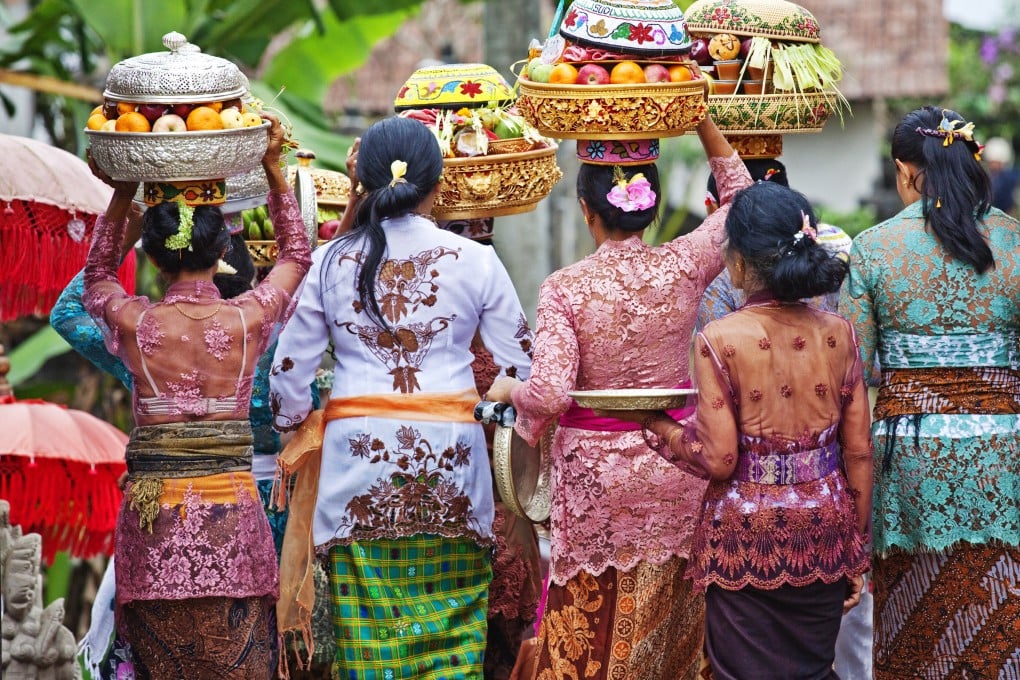Destinations known | Why is everyone so obsessed with Bali, yet ignorant of Indonesia’s 17,500 other islands?
- Bali is just one island out of more than 17,500 in Indonesia, the world’s fourth most populous country, yet it appears to be the only one many people know of
- With millions of international tourists a year descending on Bali, travel writers (this one included) pen a lot of stories about it … drawing more visitors

Comprising more than 17,500 islands and home to upwards of 270 million people, Indonesia is the world’s fourth most populous nation and third largest democracy. Also, at the time of writing, it leads in the daily average number of deaths from Covid-19, according to Reuters, accounting for one in every eight reported worldwide each day.
Despite this, Indonesia apparently lacks name recognition abroad, something that former president Megawati Sukarnoputri lamented during a recent virtual event. “When I go to a foreign country, whenever someone asks me where I’m from and I tell them I’m from Indonesia, they will ask: where is Indonesia?” the chairwoman of the ruling Indonesian Democratic Party of Struggle said, according to online news site Coconuts Bali.
Coconuts Bali contends that the ex-leader is far from alone in finding this frustrating, asking readers to: “Think fast, can you quickly explain where Indonesia is without mentioning Bali?”

But why is this the case?
